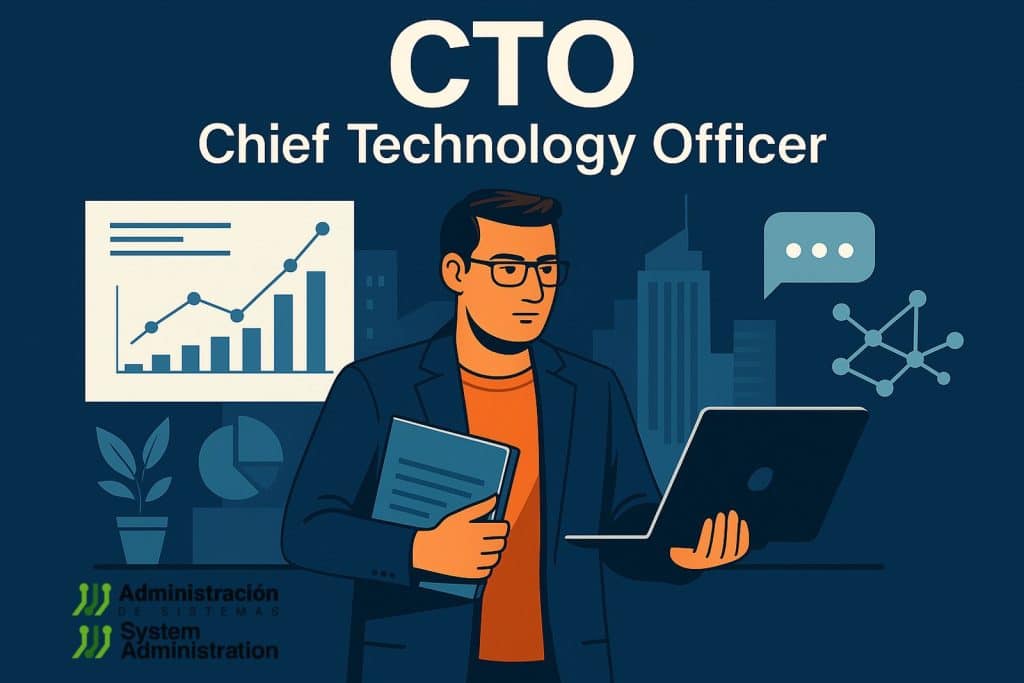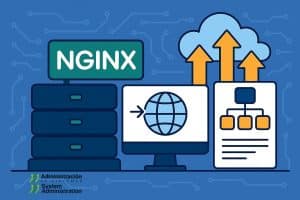In fast-moving startups and growing tech companies, the role of the CTO is often misunderstood. Many still see this position as simply “the best developer in the room”—the one who solves the hardest bugs and leads late-night deployments. But that view is not only outdated, it’s dangerously short-sighted.
A real CTO is not measured by lines of code, but by their ability to make strategic decisions, lead technical talent, align tech with business goals, and navigate uncertainty.
Drawing from the framework shared by the Startups Institute, here’s a deep dive into the six core skill sets every great CTO should master.
1. Technical Expertise: Understanding the Stack Without Writing Every Line
While a CTO may not be actively coding day-to-day, they must have a solid grasp of the technical landscape. Their knowledge needs to be broad, current, and sharp enough to guide, assess, and lead the development team with confidence.
Key points:
- Deep understanding of software architecture.
- Infrastructure planning and scalability strategies.
- Security best practices and compliance.
- Automation and CI/CD (DevOps mindset).
- Familiarity with modern tech stacks.
- Ability to evaluate and adopt new technologies.
- Code quality, testing practices, and technical excellence.
This technical foundation is what gives the CTO the credibility to lead engineering and the insight to anticipate future challenges.
2. Strategic and Business Vision: Building What Truly Matters
The CTO doesn’t just build things—they define what to build, why, when, and how. They’re not just technologists, they’re strategic decision-makers who shape the future of the company’s product and operations.
Key points:
- Aligning tech initiatives with business goals.
- Evaluating the impact of emerging technologies.
- Crafting and managing the technical roadmap.
- Prioritizing features vs. managing technical debt.
- Planning for product and process scalability.
- Balancing speed with long-term sustainability.
The CTO serves as the bridge between what the business needs and what technology can deliver.
3. Leadership and Talent Management: Empowering People to Thrive
Beyond code, the CTO must be a people leader. That means identifying talent, creating high-performance teams, and building a culture where engineers can grow, collaborate, and excel.
Key points:
- Hiring and developing top technical talent.
- Internal mentoring and career development.
- Structuring teams (e.g. squads, tribes, specialized roles).
- Setting clear goals and tracking performance.
- Managing conflict and fostering a healthy team culture.
- Delegating responsibility without losing control.
Great CTOs don’t try to be the smartest in the room—they build teams that are smarter together.
4. Communication: Translating Between Tech and Business
One of the most underrated superpowers of a modern CTO is their ability to communicate clearly. Whether speaking to developers, executives, or investors, the CTO must adapt their message and ensure alignment.
Key points:
- Open dialogue with C-suite and leadership peers.
- Active participation in strategic discussions.
- Communicating technical trade-offs to non-tech stakeholders.
- Making complex decisions accessible to investors.
- Practicing active listening with teams, users, and clients.
If the CEO is the voice of the company, the CTO is the voice of the tech—and both must speak the same language.
5. Financial Acumen: Tech Decisions with Business Impact
No CTO can afford to ignore the financial side of their decisions. Budgeting, ROI, and resource allocation are part of the job, and being financially literate makes the CTO a much more effective and autonomous leader.
Key points:
- Building and managing tech budgets.
- Calculating ROI for technology investments.
- Forecasting future tech needs and costs.
- Justifying internal investments with data.
- Working closely with the CFO and CEO on planning.
Understanding how technology affects the bottom line is essential to scale responsibly.
6. Startup Mindset and Agility: Moving Fast with Purpose
Startups demand agility, iteration, and a willingness to operate without full certainty. A good CTO embraces the chaos, makes fast decisions, and builds learning into the system.
Key points:
- Lean approach: MVPs, experimentation, fail fast.
- Agile mindset and delivery in short cycles.
- Flexibility in the face of shifting priorities.
- Urgency without compromising quality.
- Building confidently in uncertain, evolving environments.
The CTO must thrive in ambiguity, making fast, informed choices without all the answers.
Still Think Your Best Developer Should Be CTO?
When companies realize they need a CTO, their first instinct is often to promote their most senior engineer. It makes sense on paper—after all, they’ve shipped the most code, know the system inside-out, and are highly respected.
But technical seniority does not equal leadership readiness.
A CTO isn’t someone who pushes code every day. A CTO decides what code gets pushed, when, and why. They set direction, manage risk, lead talent, align with the business, and build systems—not just software.
If what you need is someone to lead development, optimize architecture, and ship features—then maybe you need a Tech Lead or an Engineering Manager.
But if you’re scaling a company and need a technology leader who can steer the ship—you need a real CTO.
Final Thought: The CTO as Growth Catalyst
In the startup world, where technology drives both the product and the business, the CTO is no longer just a technical role. It’s a leadership role. A strategic role. A human role.
The CTO doesn’t need to be the fastest coder. They need to be the person who sees the big picture, connects the dots, and keeps the company’s technology aligned with its vision, values, and velocity.
The good news? These skills can be learned. And today, there are platforms—like the Startups Institute—designed to help senior engineers make the leap from great developer to great CTO.
Because building a startup takes more than great tech. It takes great tech leadership.
Source: Redes Sociales











